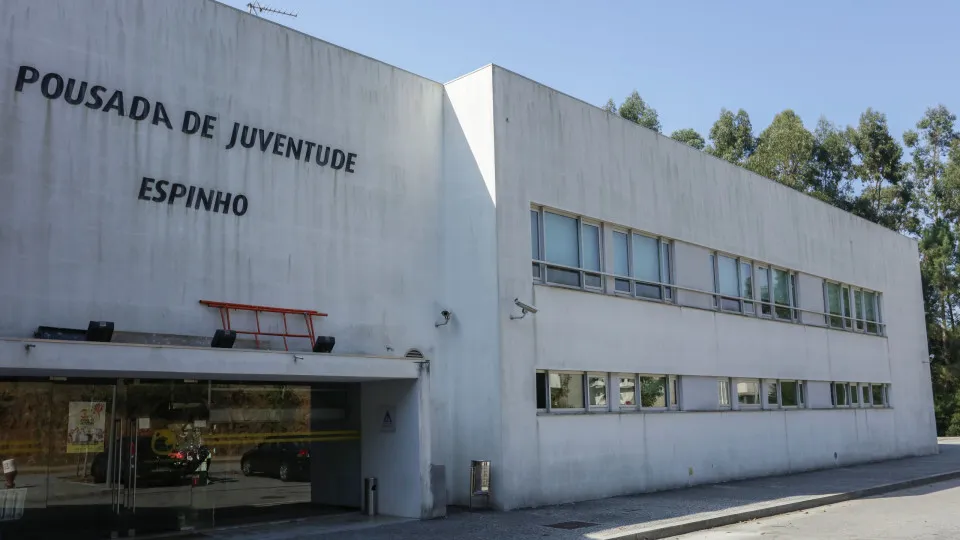
In a letter to the Prime Minister and the ministers of Economy and Territorial Cohesion, Infrastructure and Housing, and Internal Administration, titled “Portugal Cannot Be Held Hostage by Its Border,” the AHP management expresses “its deep concern with the situation at Humberto Delgado Airport in Lisbon (and to a lesser extent in Faro) since the implementation of the new European Entry and Exit System (EES).”
In statements to Lusa, AHP President Bernardo Trindade laments the state of the country’s main airport infrastructure.
“Today’s situation at Lisbon airport is far from satisfactory, where the Portuguese State, not attributable to this or the previous government, has failed globally and fails daily,” he states, referring to the “timely border control, causing indefinite queues, security failures, failure as a grantor under a concession contract, and above all, in maintaining Portugal’s image”.
“Our appeal, our open letter, is mainly a sincere call to create conditions so that this airport infrastructure does not become a terrible gateway for those wishing to visit Portugal,” the association leader highlighted.
In the letter, AHP explains, “this system, mandatory at all external Schengen borders, introduces more time-consuming and technologically demanding procedures, including the collection and registration of biometric data from third-country citizens,” indicating that “the lack of adequate human and technical resources for its implementation in Portugal is causing unacceptable delays in arrivals and departures, with severe impacts on airport operations, the country’s image, and traveler confidence.”
According to AHP, Lisbon airport, “already long operating under strain,” is now in a “state of severe dysfunction.”
For the association, “the endless queues currently at border controls, both on arrival and departure,” are the “predictable and regrettable consequence of an implementation model lacking sufficient resources and effective coordination.”
AHP outlines “multiple” consequences, such as “the loss of flight connections and direct risk to TAP’s hub, whose viability depends on smooth connection times,” cascading delays in both departures and arrivals, “baggage carousel and ground operations saturation,” and a “worrying deterioration” of visitor experiences.
The association notes that tourism represents “about 12% of the national GDP, and the Lisbon region accounts for more than a quarter of the country’s tourist demand,” warning of the “risk” of destroying, “through administrative inefficiency, one of the main sources of economic growth and international prestige” of the country.
“The situation is even more critical as it is only the first phase of the EES,” it points out, recalling that in December, “a more demanding stage will begin, with mandatory biometric collection at self-service kiosks for about 35% of international passengers.”
In the letter, AHP warns that “if human and technical resources are not swiftly reinforced, the system will collapse under the foreseeable increase in complexity and volume,” indicating “beyond the already mentioned impact on the economy and the country’s image, this collapse will create, among other victims, the Portuguese citizens who necessarily use the airport, especially the new generation of the diaspora.”
The association proposes the immediate reinforcement of police personnel for border control and proper planning for peak periods, the immediate repair/activation of eGates and RAPID machines, and the “public definition of acceptable maximum wait times for third-country passengers and regular monitoring of results.”
AHP also seeks “approval of a national contingency plan for traffic peaks, with temporary reinforcements and additional stations as needed” and “transparent communication with passengers and tour operators,” coordinated with Turismo de Portugal, as well as “continuous evaluation of EES implementation,” including a “quarterly report from ANA to the Government (and publicly available) on the state of implementation, number of active stations, number of processed passengers, average and percentile wait times, recorded technical failures, and correction plan.”




